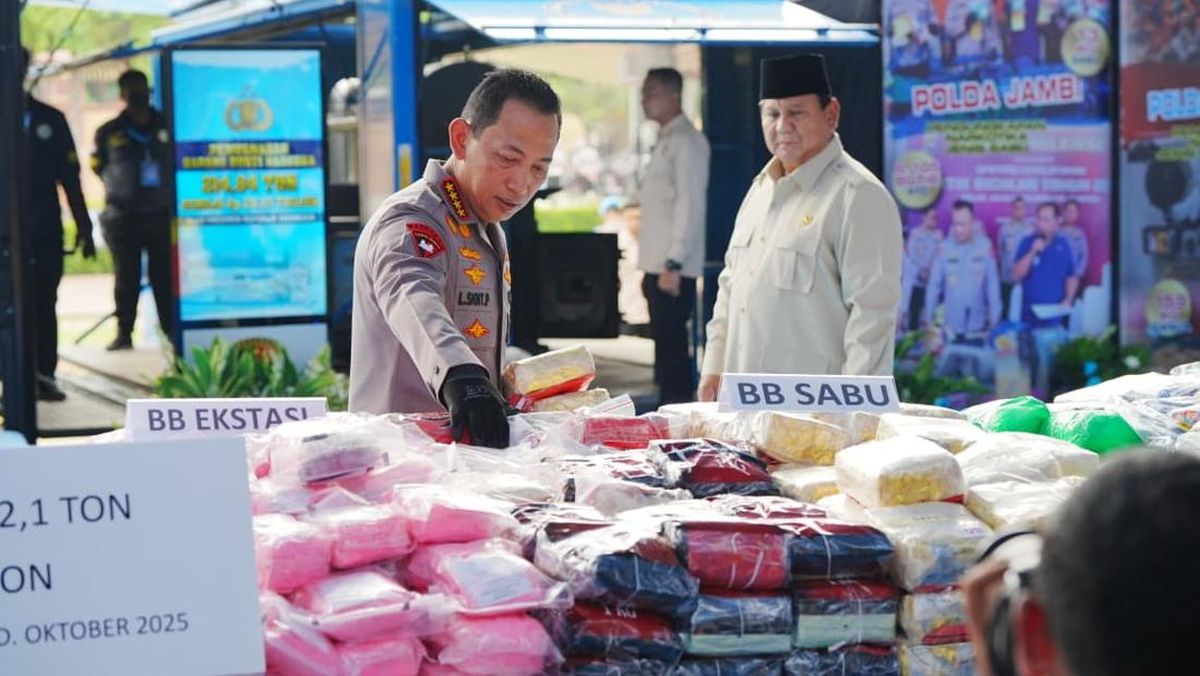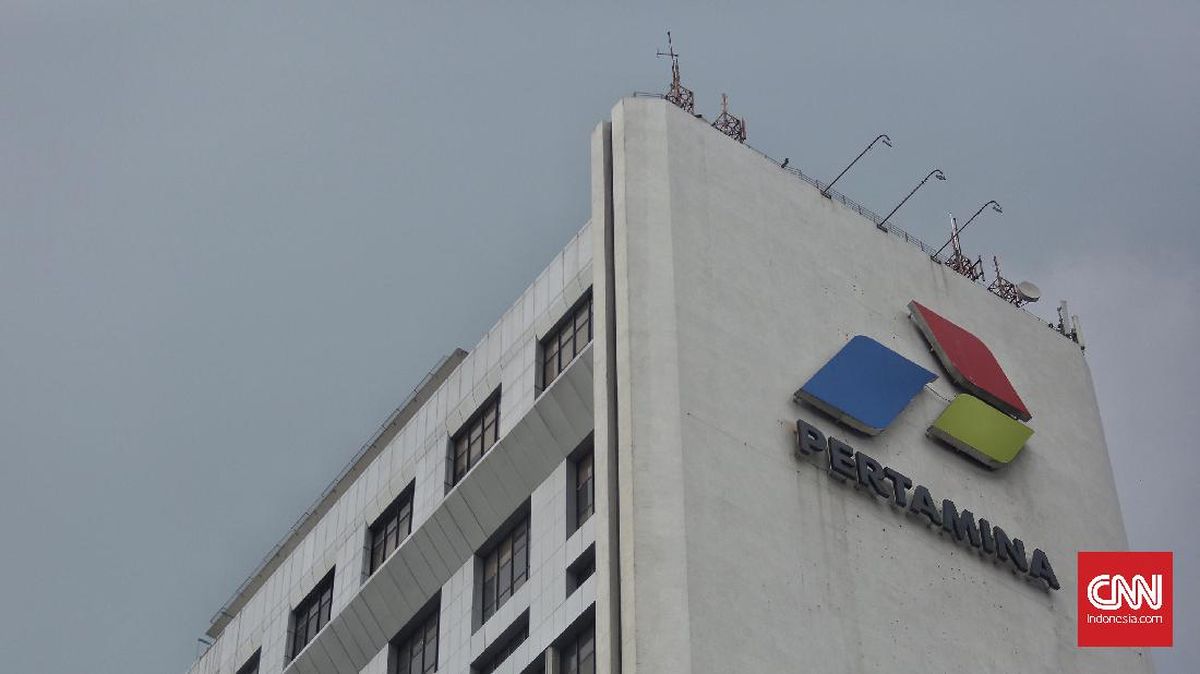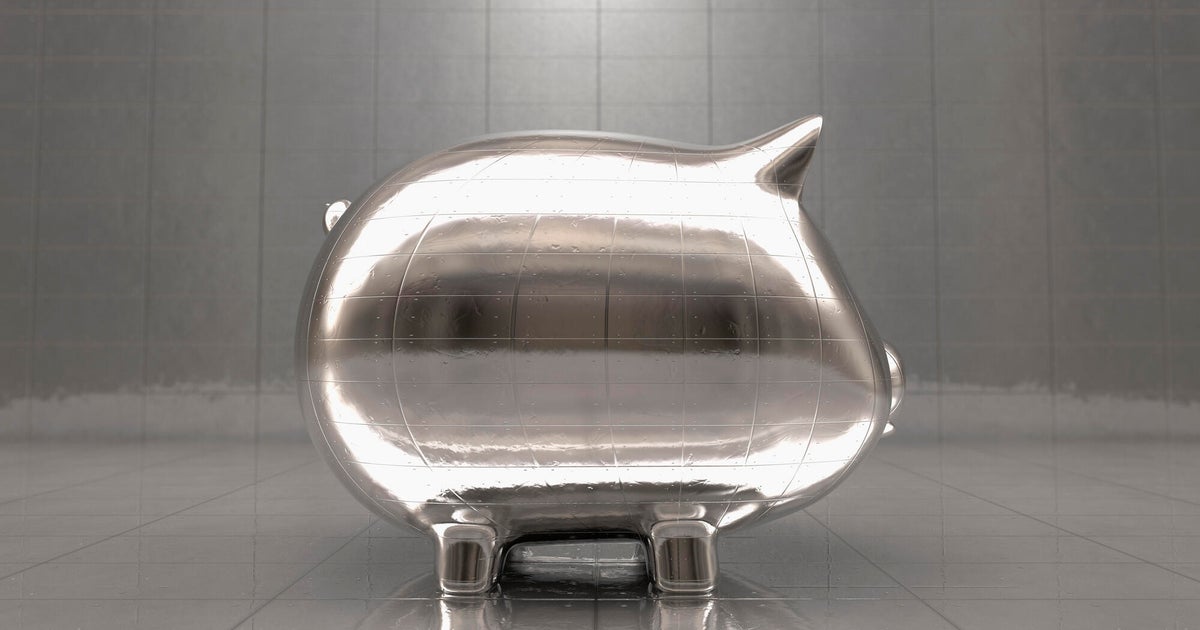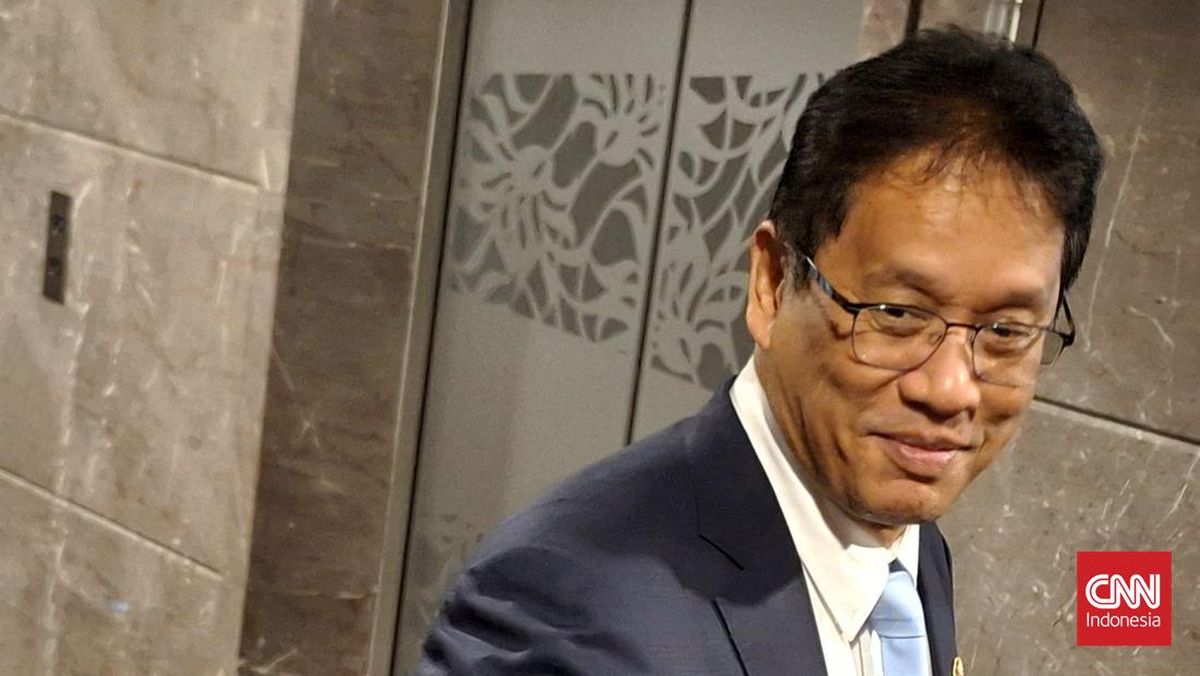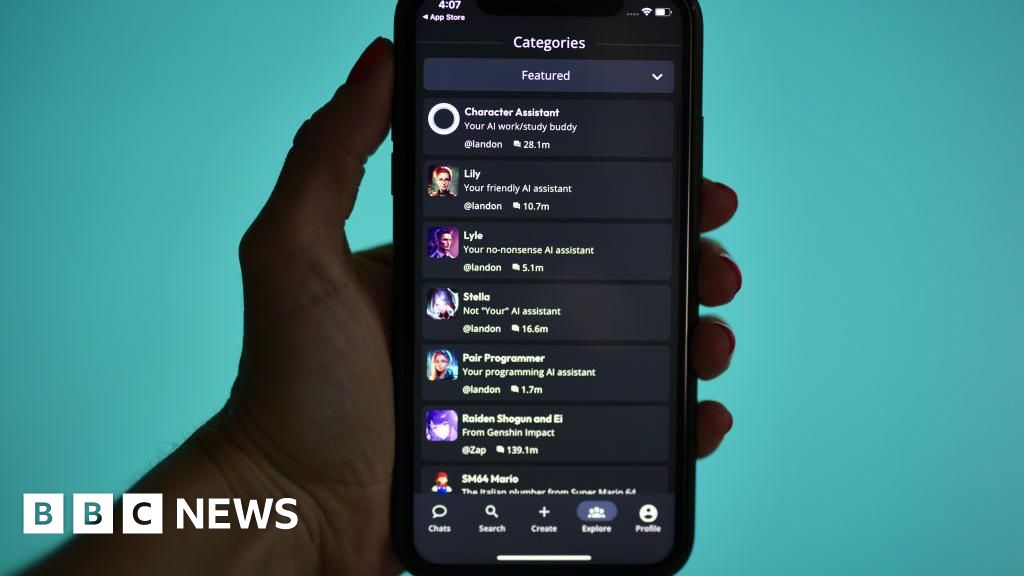And then there’s the new frontier in the critical minerals space: the United States. Dollar Bill was recently informed by several sources on the ground that the claims rooms dotted across California, Nevada, Arizona and Wyoming are literally teeming with Aussies. Apparently, it’s a virtual conga-line of convicts queuing out the doors driven by Washington’s critical minerals strategy and a permitting regime that, at least for exploration, runs on paperwork, not politics.
It’s probably not a bad idea to pitch a tent outside these claims halls and take a roll call of who’s in line.
And here’s a fun point. Under the US General Mining Law of 1872, a prospector can still “stake” a claim by planting posts – I kid you not – then mapping coordinates and filing a form with the Bureau of Land Management. But the real kicker is the cost which includes a processing fee of about US$25, a location fee of US$49 and an annual maintenance fee of US$200 per claim - it’s almost comical. Here is a one-hundred-and-fifty year-old law presenting a twenty-first-century opportunity for the price of a cheap night at the pub. It’s exactly the sort of reality that suits a nimble ASX junior with a good geologist and a fast pen. Dollar Bill, who thought he had an awesome hip and shoulders move in his rugby days, also loves the quaint nature of the physical pegging competition. Things are so much more civil in Australia with the majority of pegging done using a computer screen.
Every downturn sees a quiet land-rush as juniors peg the gaps majors drop. The smartest ones treat the Department of Mines and Petroleum like an art gallery catalogue: studying what’s been taken down and moving before the crowd notices the empty frame (and Dollar Bill apologises here to the Louvre security staff for the cheap pun).
But for now the US remains the scene of several potential heists – particularly in the critical minerals space. And there’s a bunch of ASX-listed names already on the ground over there worth keeping an eye on including American West Metals which is expanding copper exploration in Utah and Arizona. Jindalee Resources has its foot on the giant McDermitt lithium project on the Oregon–Nevada line, one of the country’s largest clay-hosted lithium resources.
Casting an eye further down the rung towards some smaller cap opportunities there’s Arizona Lithium with its Big Sandy project in Arizona which already has BLM approvals in place for an expanded exploration program and American Rare Earths, which is advancing Halleck Creek in Wyoming, pitched as a future US-domestic mine-to-magnet feed.
Ioneer’s Rhyolite Ridge in Nevada should also make the list now that it’s backed by a near-US$1 billion DOE loan.
For punters and professionals alike, the art is knowing the difference between slapstick and strategy. A true “steal” isn’t about luck; it’s about optionality, scale, proximity to infrastructure and a geological thesis that gives you more than one shot on goal – its a bit like the ladder, the scooters and the backpacks, all of which combined to confirm the heist at the Louvre.
And just like those Louvre rascals, you need conviction first, then the strategy and then the execution. When these three meet, you’ve got leverage no balance sheet can fake. Every cycle throws up a few of these chances. Some will fail quietly, but others will headline the next boom. The market, ever forgiving, lets new thieves try again every decade.
Which brings us, inevitably, back to Paris. The Louvre had fixed its window by Monday – possibly before the jewels were even halfway to Zurich, but markets never fix theirs. There’s always another pane unguarded, a commodity out of favour, a dataset gathering dust or a patch of ground too early for polite money. That’s where the real climbers work.
You see it in the opportunists now staking claims across the American desert, or juniors here picking up virtually untested critical-minerals ground or those hoovering up projects hosting unloved commodities for the price of a ute. These guys are better than thieves; they’re counter-cyclical collectors. They buy what no one else wants, hold it through the silence, and sell when the gallery floods back in.
The trick with spotting the next heist is recognising it before the alarms go off.
Is your ASX-listed company doing something interesting? Contact: [email protected]


